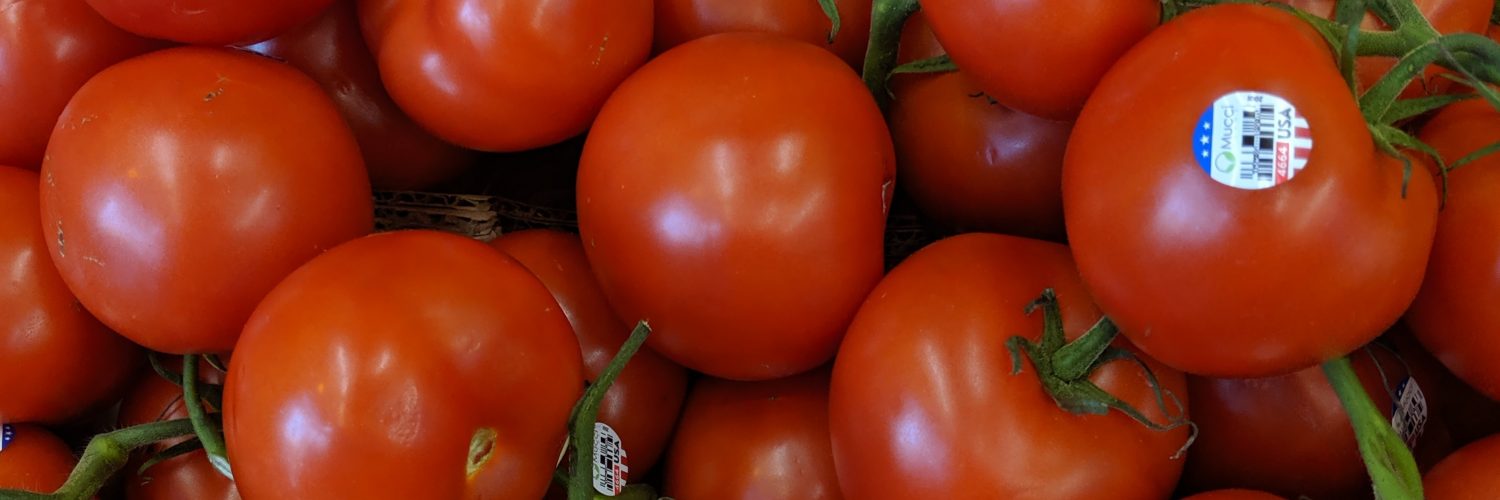The reason why crates of tomatoes all of a sudden became a topic in trade news was because of the impending end to the Tomato Suspension Agreement, a piece of legislation from the 90s that set floor prices and other importing rules on all tomato imports coming up through Mexico. The issue at hand was that lawmakers out of Florida, including Republican Sen. Marco Rubio, made the argument that Mexico took an unfair market share in the tomato trade compared to local producers in Florida.
The fear on both sides of the border was that cutting the Tomato Suspension Agreement and bringing a new deal to the table led by the U.S. Department of Commerce would increase prices, limit imports, and essentially hurt ties with America’s biggest trade partner.
Lawmakers such as Gov. Doug Ducey, Sonora Governor Claudia Pavlovich, and Arizona Congressional members all wrote letters imploring Sec. WIlbur Ross to re-think cutting up the agreement. However, in early May, the Department of Commerce went ahead with the cancelation.
After an 18-percent duty was imposed on imported Mexican tomatoes following the cancellation, volume actually rose by almost half a percent to 120.7 million pounds in Nogales in May compared to May 2018.
According to recent U.S. Department of Agriculture data, border-wide imports dropped just three percent to 256.7 million pounds over the same period. A bit of a dip, but nowhere near where estimates were at.
In court documents by Mexican growers and importers, an early end to the tomato import season was warned if the duties went into effect and an industry-sponsored study also predicted major price hikes.
“This is an unexpected outcome because the flow is increasing,” says economic advisor Luis Ramirez. “Ultimately, we’re seeing an increase during a low season. This will happen when people are adjusting, maybe looking at higher profit margins in things like cucumbers. I think we’ll see the impact toward the end of the year when tomato season is high.”
Many growers were expecting the duty to cut down on exports and lift prices, but instead we saw more growers and more volume coming across the border. Sale prices dropped after the tariffs went into effect but have leveled out since then. Mexican growers are operating in a free market as well as the 18 percent tariff.
So, what comes next? Sec. Ross did say the Commerce Department would revisit the trade relationship with Mexico to see how the two countries could work out a new tomato agreement that would benefit both entities.
Although the impact has not been immediate, experts say the uncertainty will create markey instability in the coming months.
“There continues to be a dialogue, but how close are they? They’re keeping it close to the vest, both sides. I think it’s in everyone’s best interest to reach a new agreement instead of operating with this uncertainty,” adds Ramirez. “The uncertainty adds risk to the business. The peak of the season, we’ll see much more of an impact.”
















Add comment